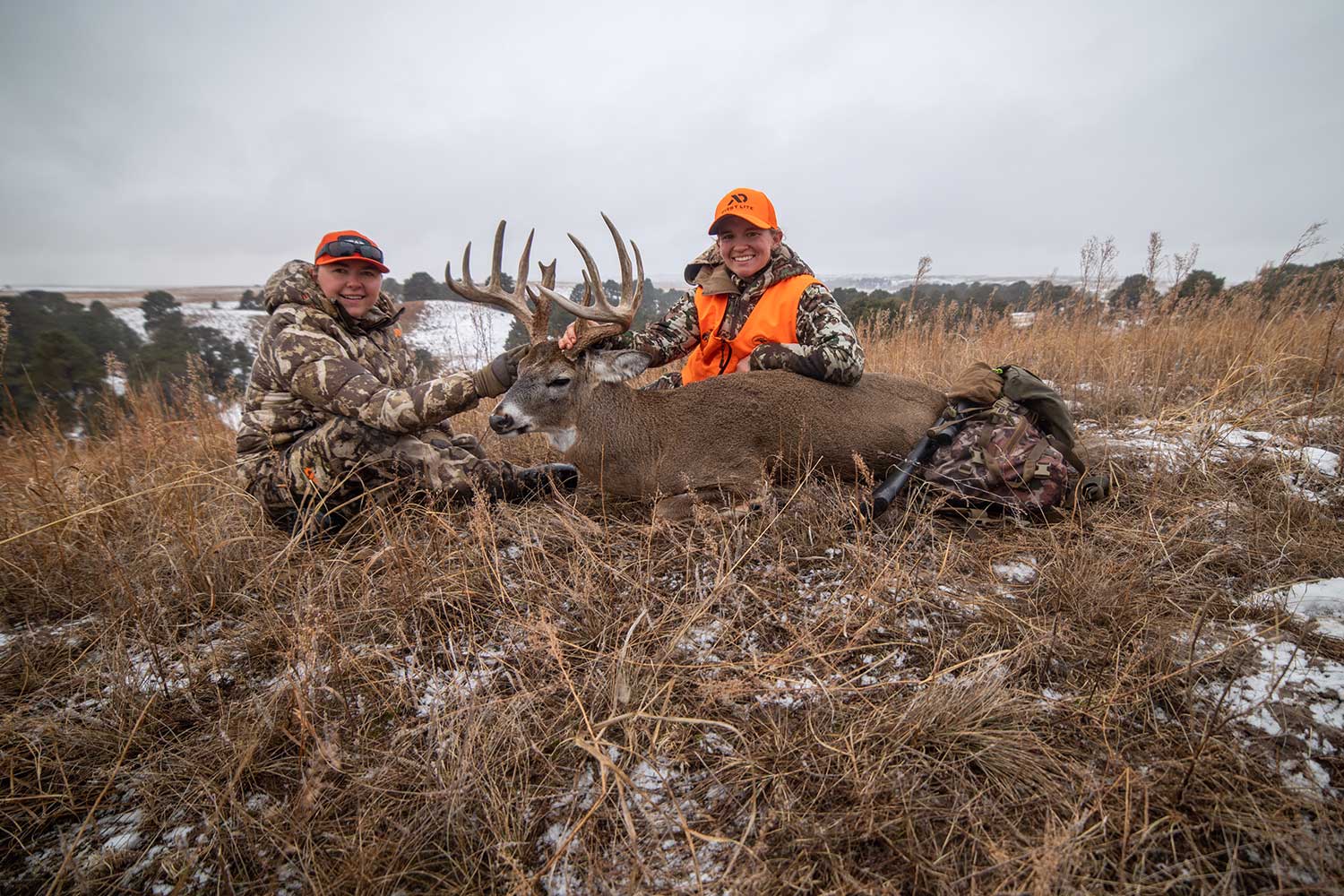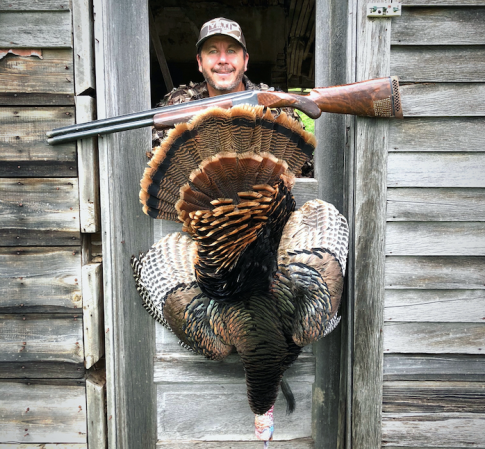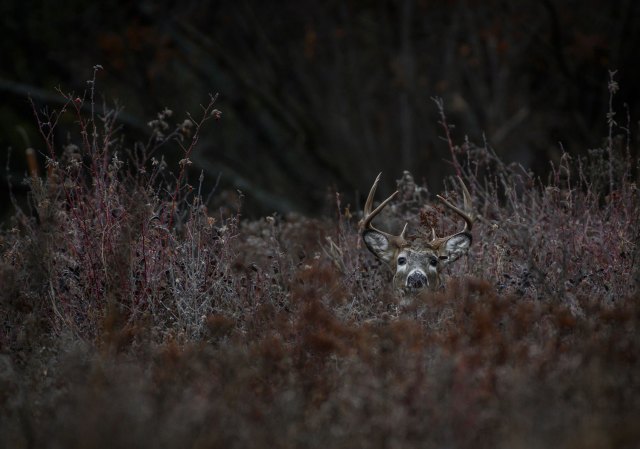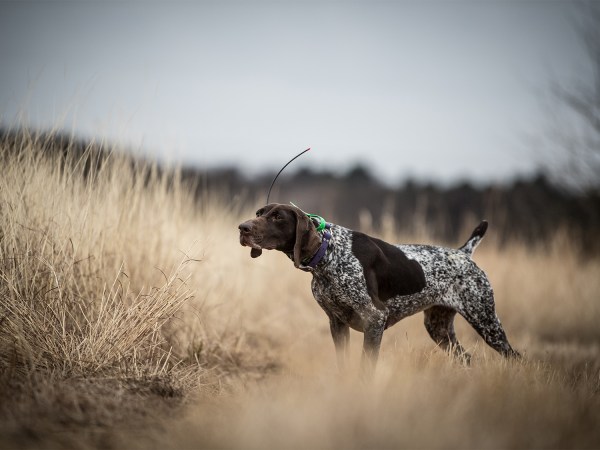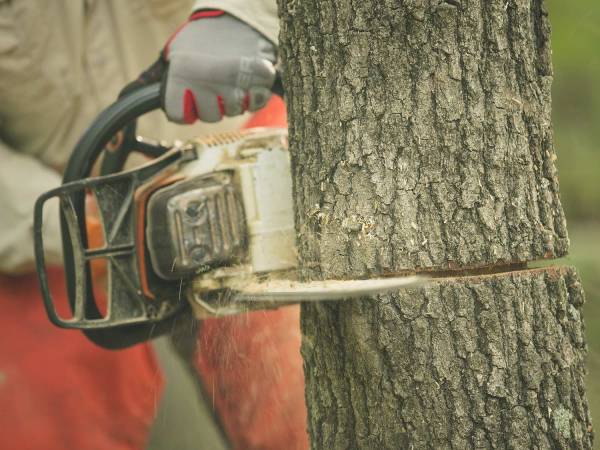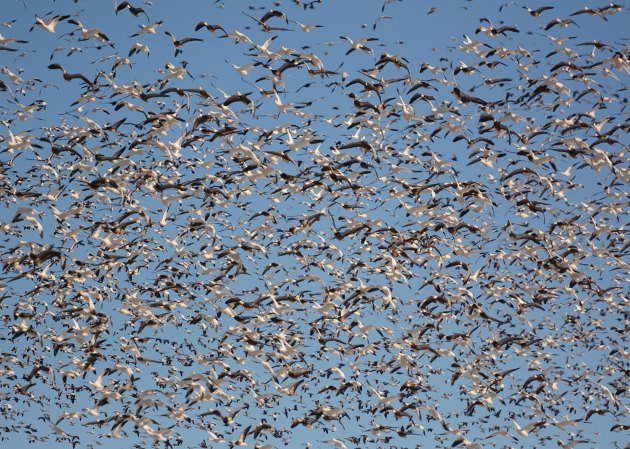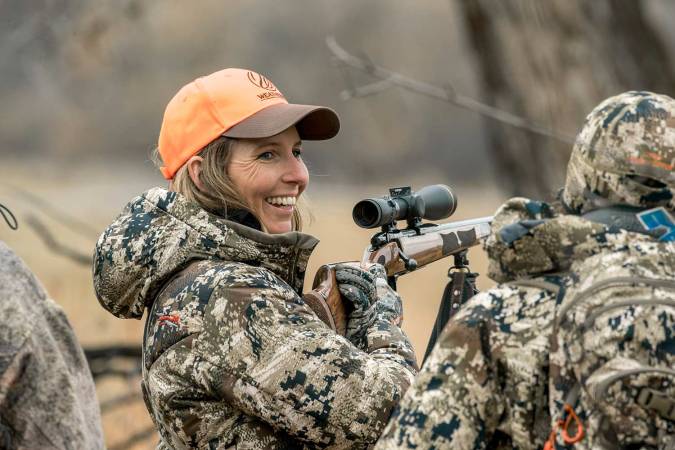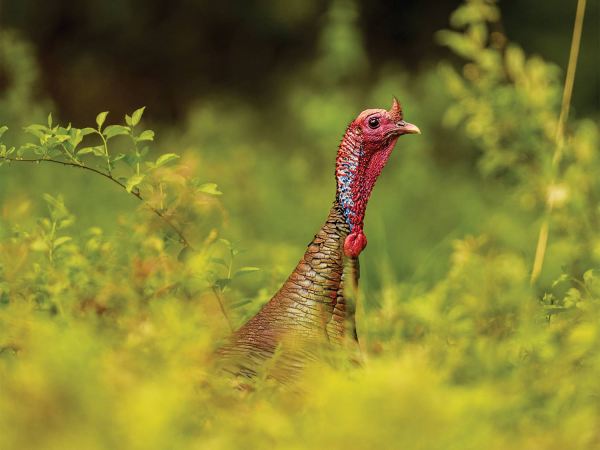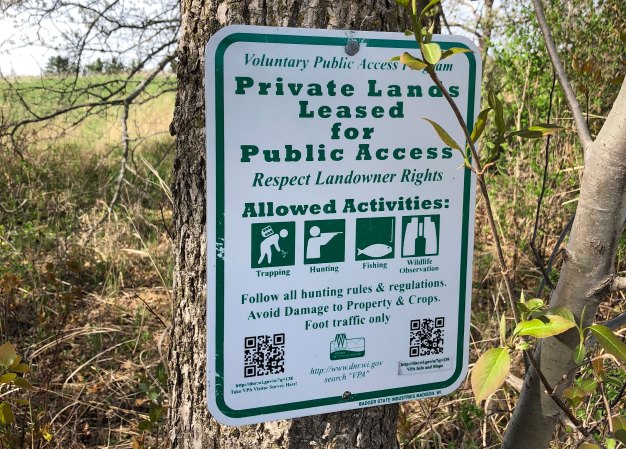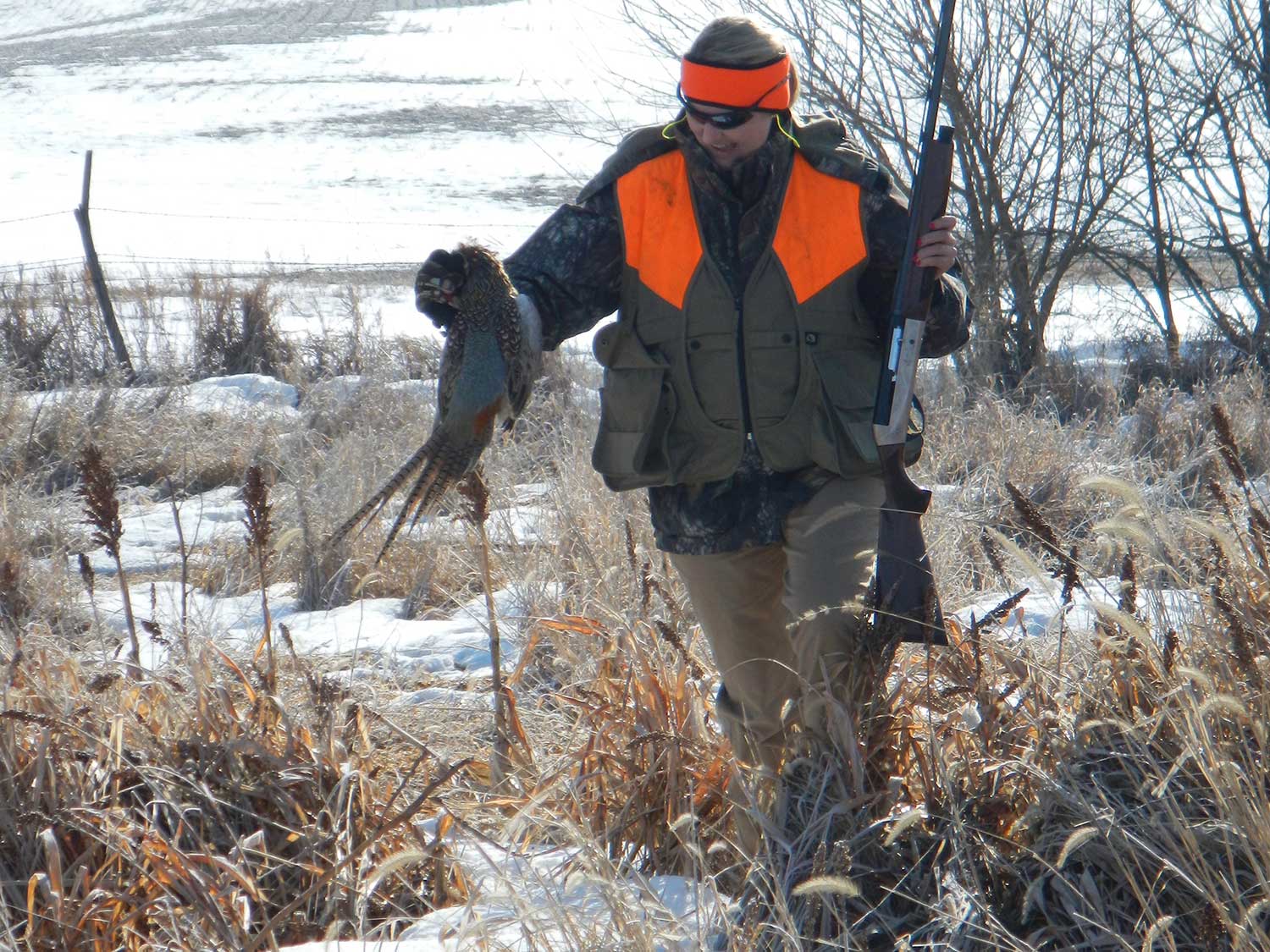
Everyone wants to be a #publicland hunter these days. You will get no argument from me if that’s where you prefer to hunt. I spend a good amount of time chasing greenheads and a few gobblers on state ground each fall and spring. But I am here to tell you, it’s OK to hunt private land too…seriously, it won’t ruin your street cred.
It takes every bit as much work to develop habitat on your own piece of property as it does to scout a nice buck on public land and kill it there. I know, because I hunt both. I’ve sweated alongside my family members, clearing timber, cutting trails, and planting food plots on a small farm we own together (more on that later). And I’ve also made countless long walks down muddy levees on Waterfowl Management Areas at ungodly early hours to shoot two hen ringnecks.
Not everyone will be able to get their own piece of private land, and some of you may think it’s too expensive to buy or lease, which is true in many cases but there are always exceptions. So I talked to four experienced hunters and habitat managers to see how they utilize private property. I also included how my family has developed an 80-acre farm in west-central Illinois for whitetails, turkeys, and doves. The conclusion? Private land is tough to acquire, and it’s a lot of work to hunt, but the payoffs are huge.
Jordan Adams: Getting Permission on Private Land
Jordan Adams, guides on private ground in western Nebraska and looks for grandmas and cows when she is trying to get landowner permission.
“There’s always someplace where an old lady has deer in her garden, and can’t stand them,” she said. “Cattle ranchers are always fixing broken fence too, so I will stop and push a tree off the wire or help them repair it.”
Adams hails from Missouri, and grew up hunting mostly private land, though her adventures now take her to vast public tracks when she and fellow guide, Jordan Budd, don’t have clients in camp. As a kid, her parents bought a home on just five acres surrounded by pristine public deer habitat. She hunted her home range, but also wanted to lock up other places surrounding the state ground.
“I found this lady with 40 acres, and noticed her lawn was manicured, and so I offered to do some yard work,” Adams said. “I deweeded her pond too, but mostly I just spent time with her. Instead of paying for the property, I created a relationship. If you take the time to have a conversation with a landowner, it can lead to access.”
Other times you’ll have to pay for access. The key is to surround yourself with people you enjoy hunting with, and are willing to pay for a lease. In Adams’ case, her family loves to hunt, so she has 10 to 20 people willing to split the rent. You may not have an extended family that hunts, but that shouldn’t stop you from finding like-minded folks with a few extra bucks.
“I found a horse ranch in Missouri and the landowner allowed eight of us to come in for rifle season at $150 each,” Adams said. “We stayed for five nights in his cabin and had access to 9,200 acres.”
The five acres Adams had back home to hunt was an open field with almost no trees—not ideal for a Midwest whitetail hunter. There was also no real reason for deer to come through consistently. She was in an area with a stout population of whitetails, and decided to create a food source to lure bucks in. Adams bought a bag of Evolved Harvest Throw & Gro No-Till seed, broadcasted it, and put up some cattle panels to keep animals out so it could germinate. A big buck she named “Crash” started hitting her food plot. She hunted him for two years before finally getting a shot at 33 yards.
“I let my arrow fly (and it hit), but I never found that dang deer,” Adams said. “But the food plot worked. Bucks started using it late season as they ran out of food sources.”
Adams redeemed herself this year, taking a nice 150-class whitetail on the Nebraska ranch she and Budd guide on. Adams found the buck when it was in velvet, but then it evaded her. She checked trailcams and saw the buck show up minutes after she left the same area multiple times. Also, two different hunters had chances to shoot the deer during muzzleloader season. It skirted one guy and the gun clicked on the second hunter when the buck was inside 40 yards.
“I cried like a baby when I killed that deer,” Adams said. “It took so much effort and time to kill it…I don’t know why some people take away from kills on private land and think it’s more meaningful on public. There’s much more sentiment on private, because you are there all year. It’s your sweat, your money that made that opportunity possible.”
Roger Cox: Figure Out How to Afford It
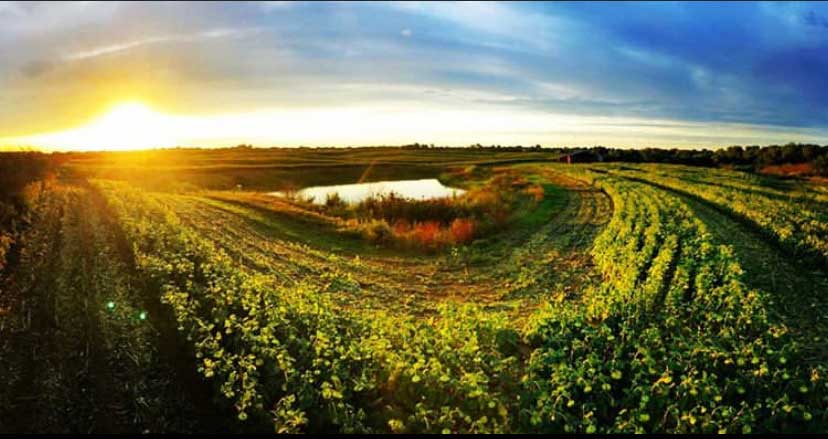
Government land programs are tough to navigate, but can save you money and allow you to afford property that wouldn’t otherwise be available. Most potential and new landowners don’t know about the funding options the USDA’s Natural Resources Conservation Service (NRCS) and Farm Service Agency (FSA) offer.
“The first thing I tell new clients to do is to register for an FSA number,” said Roger Cox of Property and Land Management Specialists. “FSA can help determine what programs they are eligible for and we can help landowners navigate options and implement them.”
Both organizations have federal funding (in the billions) that run the gamut from the Conservation Reserve Program, which pays rent to the landowner for taking tillable acreage out of production and replacing it with natural vegetation, to tax incentive programs, like IRAP, which allows limited public access in exchange for a property tax reduction.
“There’s a lot of red tape, but we guide people through it and try to get them into the best program that fits the needs of their property,” Cox said.
Cox grew up on Anderson Lake, an Illinois public-land site once managed by his father. He took that knowledge of land management, working alongside his dad all those years, and started creating habitat on private lands. He now guides landowners through the process of improving habitat. Cox works with some wealthy landowners who have money to make big improvements on large tracts of land, but he also helps many regular folks on their first 40 acres.
He and the landowner work together to determine a multi-year plan for the property. Clients get a boots-on-the-ground walk-and-talk in which the management team lays out a strategy, plus an interactive map. The map allows property owners to click on a piece of their land and see what needs to be done and at what stage to start the process. The cost is just $300.
“Creating habitat, doing it yourself year-after-year, it’s challenging,” Cox said. “But, the people that buy and develop ground, they are doing more for wildlife than the state parks and public hunting areas (at least in Illinois).”
Linda Ordiway: Building Forests For the Future
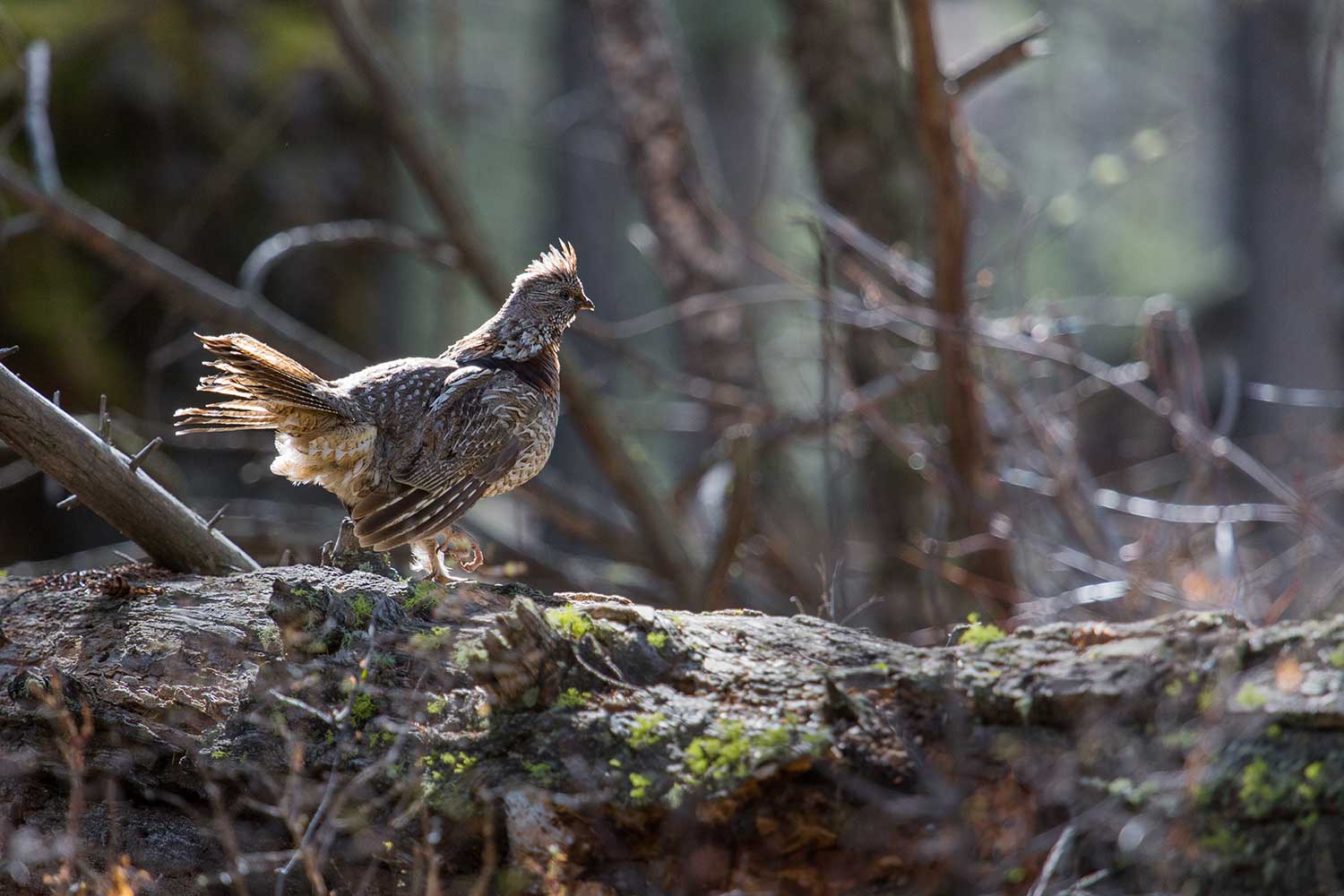
While most grouse hunting takes place on big tracts of public land, there is some incredible bird hunting to be had on private lands where hunting pressure is more controlled. On the downside, it’s a massive undertaking to create grouse habitat, and it can’t be done quickly, so most landowners developing grouse woods aren’t likely to give you permission to hunt. That said, even private lands that aren’t managed specifically for grouse can have great hunting. Landowners will be more likely to give you access for a day on these out-of-the-way spots, especially after deer season is over. You just need to be looking for some specific areas to access. You want to find edges: a marsh next to timber, young timber next to mature timber, tag alders next to timber, evergreens next to hardwoods, ag field or pastures next to timber, creek bottoms, stone walls and fences, and berry patches. These are all natural places you can find on private farms, it just takes a lot of leg work.
Creating ruffed grouse habitat takes even more work. Prime grouse country includes tall stands of timber with an open canopy to allow native food sources to flourish. It’s arduous and time-consuming labor that involves selective weeding and tree cutting.
“Think of it like this,” said Linda Ordiway, a biologist for the Ruffed Grouse Society. “You can build a house and it will give you shelter, but if you don’t fill your refrigerator with food, you’re not going to last very long.”
Ideally, you want to find an undeveloped property that is adjacent to good grouse habitat, so as you improve the land, birds move to it. Just realize, depending on your age, you may never get the chance to hunt your own place. Typically, you don’t start hunting until new tree growth, which happens when the canopy is opened, is at head height. How quick or slow that occurs depends on tree species.
“Some people that invest in grouse habitat will not see the results of it in their lifetime,” Ordiway said. “We have a joke that when you put up a no trespassing sign on a new property, you will be ready to hunt grouse when that sign has about rotted off the wooden post.”
Ira McCauley: The Price of Ducks
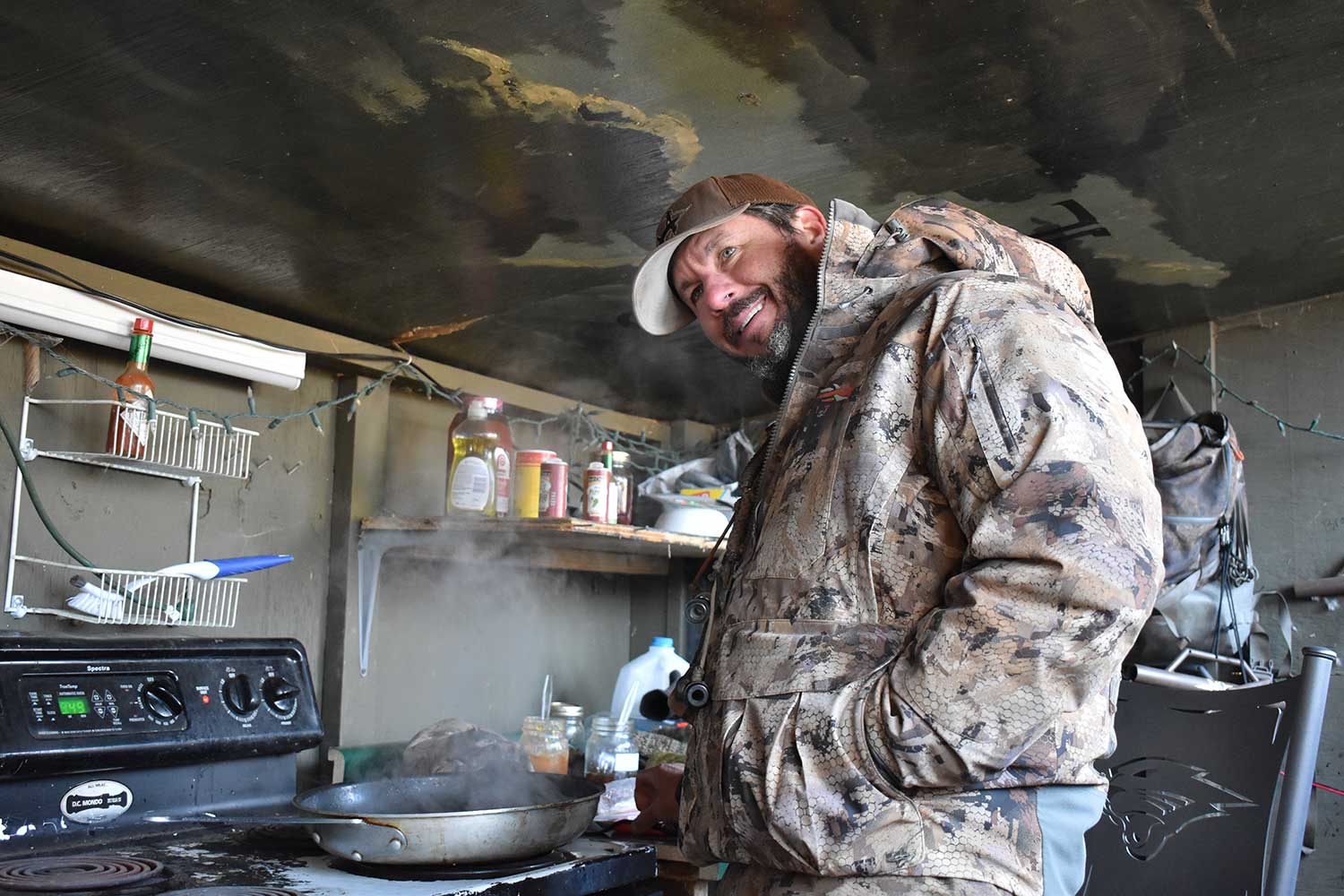
There’s no way around it—developing waterfowl habitat is costly. Reason being, ducks and geese are more condensed than most wild game, which means there is a very finite amount of land to hunt them on, and these days there’s stiff competition from many hunters trying to buy the best ground. On their flight south each fall, birds stop at various refuges, and private hunters purchase the properties surrounding those watersheds—it get can be expensive (sometimes $10,000 an acre, or more). But don’t get discouraged just yet, there are options for the average hunter to afford his or her own wetland.
Ira McCauley is a co-owner of Habitat Flats in Missouri. In just over 10 years it has become one of the most recognized waterfowl outfits in North America . And though that business is now a success and HF operates in Canada, Arkansas, and has two Missouri lodges, it didn’t start that way. To buy their first farm, Ira, brother Aaron, and a friend pooled money together. To pay for the maintenance of the wetland and make the mortgage, they guided clients.
“It takes a lot of vision, work, infrastructure development and the patience to deal with what Mother Nature gives you,” McCauley said. “And you have to have some money to put down, likely 20 to 30 percent of the appraised value of the land.”
Because private duck hunting can get expensive, most clubs have multiple members, so the cost can be shared, which is the ideal way for many of us to afford private land. You can also lease a property this way each season, or join an existing duck club and pay a yearly fee.
If you decide to buy there are a few ways to defer costs. Start by applying to CRP and Wetland Reserve Programs, the money from which will assist with the cost of building your wetland (the McCauley’s couldn’t have afforded their first property otherwise). Some hunters devote a portion of the property to agriculture to try and recoup cash at harvest. But just fair warning, commodity prices are always in flux, and most don’t give you a high-value return when compared to the cost of buying and operating a waterfowl property. Another avenue is to lease portions of the wetland to other hunters for a few years until the land is either paid for or the balance is small enough, you can manage the financials on your own.
“It’s also good to have an understanding of how banks work,” McCauley said. “Twenty years ago, I had no idea what it took to buy our own property. You have to come up with a big chunk of money to satisfy the bank.”
Once you get a wetland in order, which takes years of hard work, you also need to know how to manage pressure on ducks. It’s becoming more common to see fewer migration days across all four flyways, thus less “fresh” birds. The area HF is in holds a lot of ducks, but they can get stale quick. If you don’t know how to navigate that, you’ve paid a bundle of cash for a few full straps of mallards.
“It’s about minimal disturbance,” McCauley said. “In the last few years, we have been getting ducks early, and they are the same ducks we hunt for most of the season. You have to treat them right or it isn’t going to last very long.”
Our Family Farm
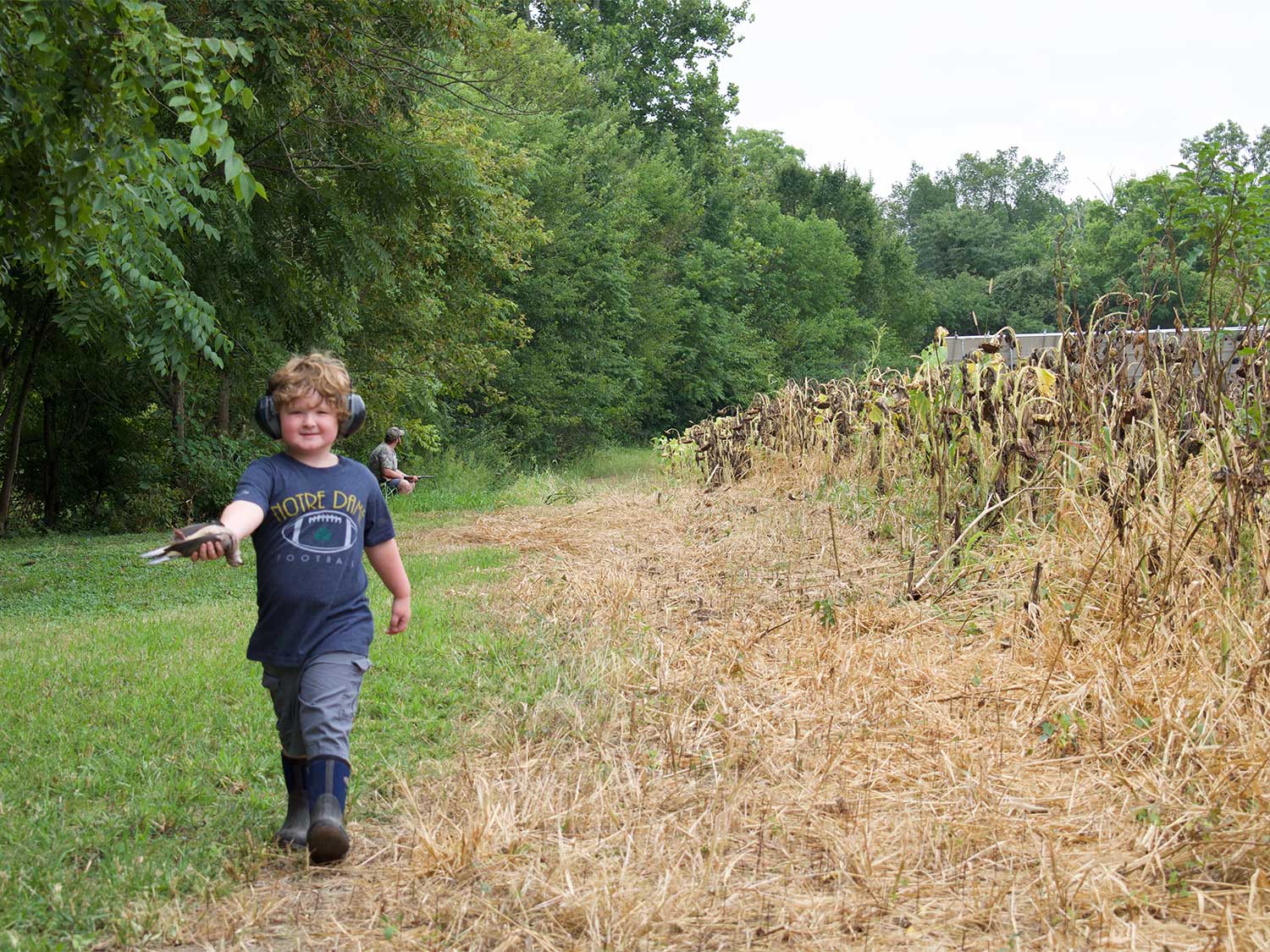
Acreage was the first thing my family considered before buying a farm. My parents own 40 acres, and an uncle owns another 40. It’s about 60/40 timber to tillable. For two working families, it’s an ideal amount of land to manage. I’m sure we could handle a bit more, but this much land has kept us plenty busy. A farmer pays rent on the ag fields, so we don’t have to concern ourselves with planting and harvest of crops. If you decide to buy a piece of land, think about how much time you have to dedicate to developing it or the amount of money you’re willing to pay someone to do the work. The latter does not come cheap. We paid to have some major timber clearing done and it gets pricey (around $1,000 a day).
The place was a virtual jungle before the purchase four years ago, and it took a tremendous amount of sweat equity to get it to where it is now. The upkeep and improvements are continuous. If you own a house, think of all the work you do to keep the roof from leaking and the toilets flushing. That gets magnified 10-fold as soon as you sign the papers on a property…and the work never stops.
Read Next: Why Some Hunters Are Choosing This Alternative to Annual Hunting Leases
Right now, there are at least six deer food plots of varying size on our farm, and a new one is on the way this fall. That means cutting down trees, tilling dirt, planting, fertilizing, putting up blinds and treestands (multiples in bigger fields to hunt during different wind directions). We’ve cut trails and rented brush mowers to clear swaths of overgrowth, and set more burn piles ablaze than I ever thought possible. Plus, there’s mowing, and managing a two-acre pond with a dam that has to be maintained (we installed a water structure last year to manage the lake level and this spring dumped rock all around the banks with a front loader to limit erosion). This is all work my family and I have chosen to do with our free time and expendable income. It’s resulted in improved habitat and more wild game on our property, which is 1) awesome and 2) extremely satisfying.
My brother and I also were tired of dove hunting on public land (because there were oftentimes more hunters than birds), so we started planting a sunflower field each spring. It’s not particularly difficult, but we did have to educate ourselves, and of course, it takes time and interrupts our turkey season or brings it to a halt because we have to plant when there’s a weather window.
My point is private-land success takes sacrifice, and you have to be ready for that before you buy. It sometimes gets labeled as being easier than public hunting, maybe because most folks only see the end result—manicured habitat with plentiful quarry. They weren’t there for the years spent behind a chainsaw and backhoe. So be proud of any wild animal you have invested time into…no matter where you kill it.

